Have you ever noticed how your skin seems to lose its youthful glow as you age, becoming drier and less supple? You're not alone in this observation. Many of us find ourselves peering into the mirror, wondering why our once-dewy complexion now feels more like parchment. This gradual transformation isn't just a trick of the light or a figment of your imagination – it's a natural part of the aging process that affects us all. But what exactly causes this shift? Why does our skin, which once effortlessly maintained its moisture, suddenly seem to be in a constant battle against dryness? As we embark on this exploration of skin hydration and aging, we'll uncover the fascinating processes at work beneath the surface of your skin, revealing the science behind this common concern and offering insights that might just change the way you care for your evolving complexion.

Why Does Skin Become Drier with Age?
Your skin's radiant, supple appearance is no accident – it's the result of a delicate balance of hydration. Optimally hydrated skin contains between 20% and 30% water in its outer layer, with a minimum of 10% needed for basic smoothness. This seemingly small amount makes a world of difference in how your skin looks and feels.
This ideal state of hydration isn't maintained by chance. Rather, it's the product of a sophisticated interplay of various factors, each playing a crucial role in keeping your skin moist, firm, and elastic.
At the forefront of this hydration defense is the sebum film, a thin, oily layer that acts as your skin's first line of protection. This natural barrier, produced by sebaceous glands, forms an occlusive shield on the skin's surface, effectively locking in moisture and preventing excessive water loss.
Beneath this oily fortress lies the stratum corneum, the outermost layer of your skin. Within this layer, you'll find Natural Moisturizing Factors (NMFs) – a cocktail of amino acids, urea, and other compounds that act like tiny sponges, attracting and holding onto water molecules. These NMFs are essential for maintaining the skin's suppleness and preventing dehydration.
Diving deeper into the skin's structure, we encounter hyaluronic acid and other glycosaminoglycans in the dermal matrix. These remarkable molecules are hydration powerhouses, capable of holding up to 1000 times their weight in water. They create a plump, cushiony environment within the skin, contributing significantly to its overall hydration and volume.
Finally, the stratum corneum itself serves as a natural barrier, regulating water loss and preventing excessive evaporation. This "brick and mortar" structure of corneocytes (skin cells) and lipids forms a semi-permeable barrier, allowing just enough moisture to escape to keep the skin healthy while retaining the bulk of its hydration.
Together, these elements work in harmony to maintain your skin's optimal hydration levels, ensuring it remains moist, firm, and resilient in the face of daily challenges.
Reasons for Dry Skin in Middle-aged and Older Adults
As we journey through life, our skin undergoes a myriad of changes, many of which contribute to increased dryness. This shift isn't merely a superficial concern; it's rooted in profound physiological alterations that occur as we age.
1. Increased Transepidermal Water Loss
One of the primary culprits behind aging skin's tendency towards dryness is the increase in transepidermal water loss (TEWL). This phenomenon occurs when the skin's ability to retain moisture diminishes, allowing water to escape more readily into the environment. The result? A complexion that feels parched and looks less plump than in years past.
2. Decreased Glandular Activity
Glandular changes play a significant role too. As we age, our sebaceous and sweat glands become less active, leading to a noticeable decrease in sebum and sweat production. This reduction in natural moisturizers leaves the skin more vulnerable to environmental stressors and prone to dryness.
3. Reduction in Natural Moisturizing Factors
The skin's internal hydration mechanisms also face challenges with age. There's a marked reduction in Natural Moisturizing Factors (NMFs) and hyaluronic acid content. These crucial components, once abundant in youthful skin, begin to dwindle, compromising the skin's ability to attract and retain moisture effectively.
4. Weakened Skin Barrier Function
Perhaps most significantly, the natural barrier function of the stratum corneum – our skin's protective outer layer – becomes less effective over time. This "brick and mortar" structure, so vital in maintaining skin hydration, gradually weakens. The result is a less robust defense against moisture loss and environmental aggressors.
These age-related changes don't occur in isolation. Instead, they form a complex interplay, each factor exacerbating the others, creating a perfect storm for dry, aging skin. Understanding these processes is the first step in developing effective strategies to combat age-related skin dryness and maintain a healthy, hydrated complexion well into our golden years.

How to Maintain Skin Moisture: Two Don'ts
As we navigate the challenges of aging skin, it's crucial to understand not just what we should do, but also what we should avoid. When it comes to maintaining skin moisture, two key practices can make a significant difference in preserving your skin's natural hydration.
1. Don't Use Strong Degreasing Cleansers
The first rule in maintaining skin moisture is to be gentle with your cleansing routine. Strong, degreasing cleaning products might leave your skin feeling squeaky clean, but they can do more harm than good. These harsh cleansers strip away the natural oils that form your skin's protective barrier, leading to increased dryness and potential irritation.
Instead, opt for mild, pH-balanced cleansers that respect your skin's natural equilibrium. Look for products that cleanse effectively without disrupting the skin's delicate lipid barrier. Cream-based or oil-based cleansers can be particularly beneficial for aging skin, as they help to replenish moisture while cleansing.
2. Don't Over-Exfoliate
While exfoliation can be a valuable part of your skincare routine, excessive use of exfoliating products can be detrimental, especially for aging skin. The stratum corneum, your skin's outermost layer, naturally thins as we age. Overzealous exfoliation can accelerate this process, further compromising your skin's ability to retain moisture.
Limit exfoliation to once or twice a week, using gentle products designed for mature skin. Chemical exfoliants with alpha-hydroxy acids (AHAs) or beta-hydroxy acids (BHAs) in lower concentrations can be less abrasive than physical scrubs. Always follow exfoliation with a rich, nourishing moisturizer to replenish and protect your skin.
How Do Dissolving Microneedle Patches Boost Skin Hydration?
Dissolving microneedle patches consist of tiny, painless needles made from water-soluble ingredients. When applied to the skin, these microscopic needles penetrate the outermost layer, creating temporary micro-channels. As the needles dissolve, they deliver a concentrated dose of hydrating ingredients directly into the skin's deeper layers.
1. Deep Hydration Delivery
Unlike conventional moisturizers that work primarily on the skin's surface, microneedle patches can transport hydrating compounds like hyaluronic acid, peptides, and vitamins to where they're needed most. This targeted delivery system ensures that moisture-boosting ingredients reach the dermal layer, where they can have the most significant impact on skin hydration.
2. Enhancing Skin Barrier Function
These patches help reinforce the skin's natural moisture barrier by delivering ingredients that support skin barrier function, such as ceramides and essential fatty acids. This strengthening effect can lead to improved long-term hydration and reduced transepidermal water loss.
3. Stimulating Natural Processes
The micro-injuries created by the needles can stimulate the skin's natural healing processes, potentially boosting collagen production and cell turnover. This regenerative effect can contribute to improved skin texture and moisture retention over time.
Incorporating dissolving microneedle patches into your skincare routine provides your aging skin with an advanced hydration boost, complementing traditional moisturizing methods for a multi-faceted approach to maintaining a youthful, well-hydrated complexion.

Nurture Your Aging Skin for Lasting Hydration
As we've explored, the journey of aging skin and its tendency towards dryness is complex, involving multiple factors from increased water loss to decreased natural moisturizing elements. However, understanding these changes empowers us to take effective action. By avoiding harsh cleansers and over-exfoliation, we can preserve our skin's natural moisture balance. Moreover, innovative solutions like dissolving microneedle patches offer new ways to deliver deep hydration and support skin barrier function. Maintaining skin moisture isn't just about appearance – it's about skin health and comfort. With the right knowledge and care routine, you can help your skin retain its moisture, suppleness, and radiance well into your later years.

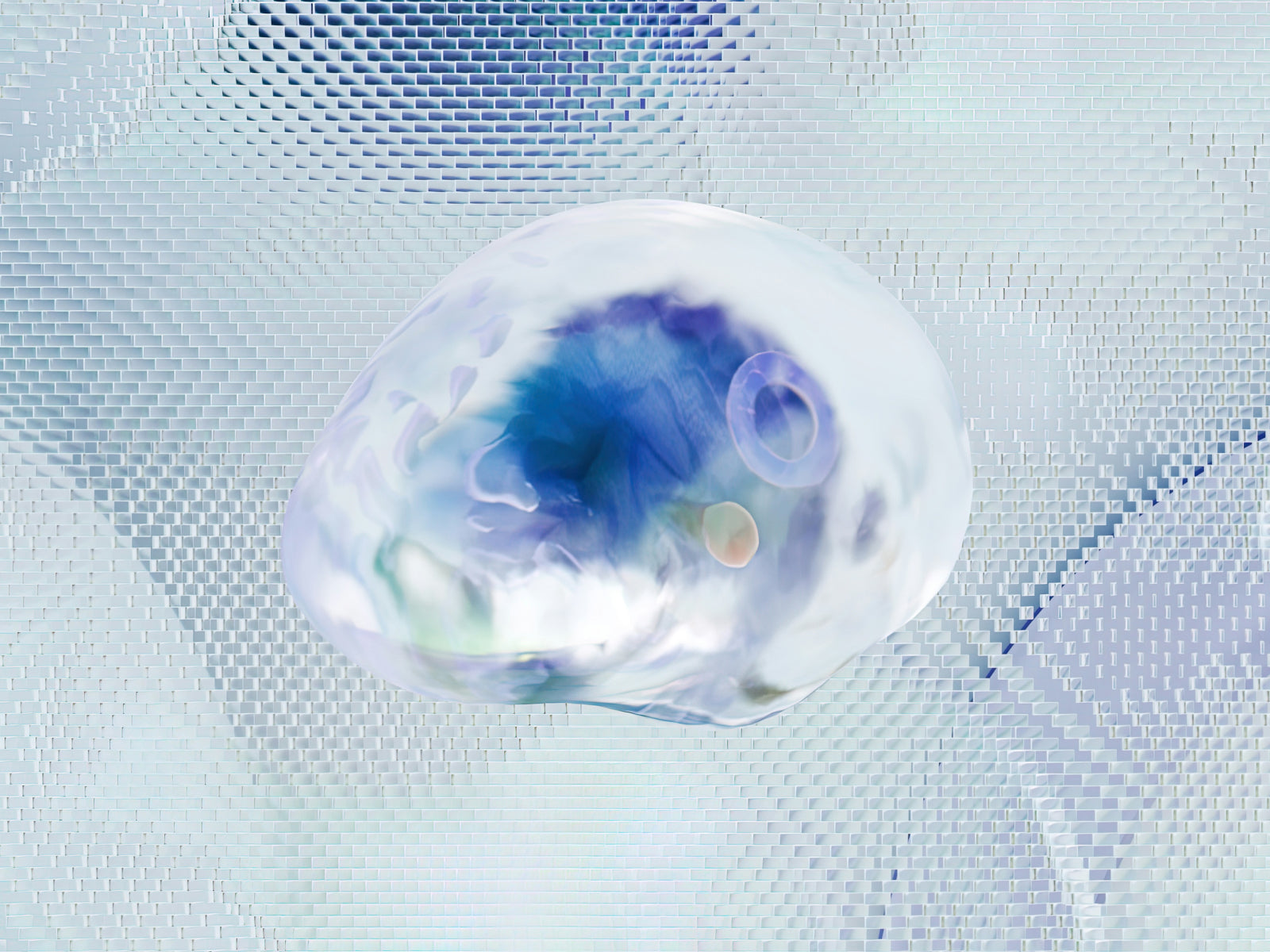
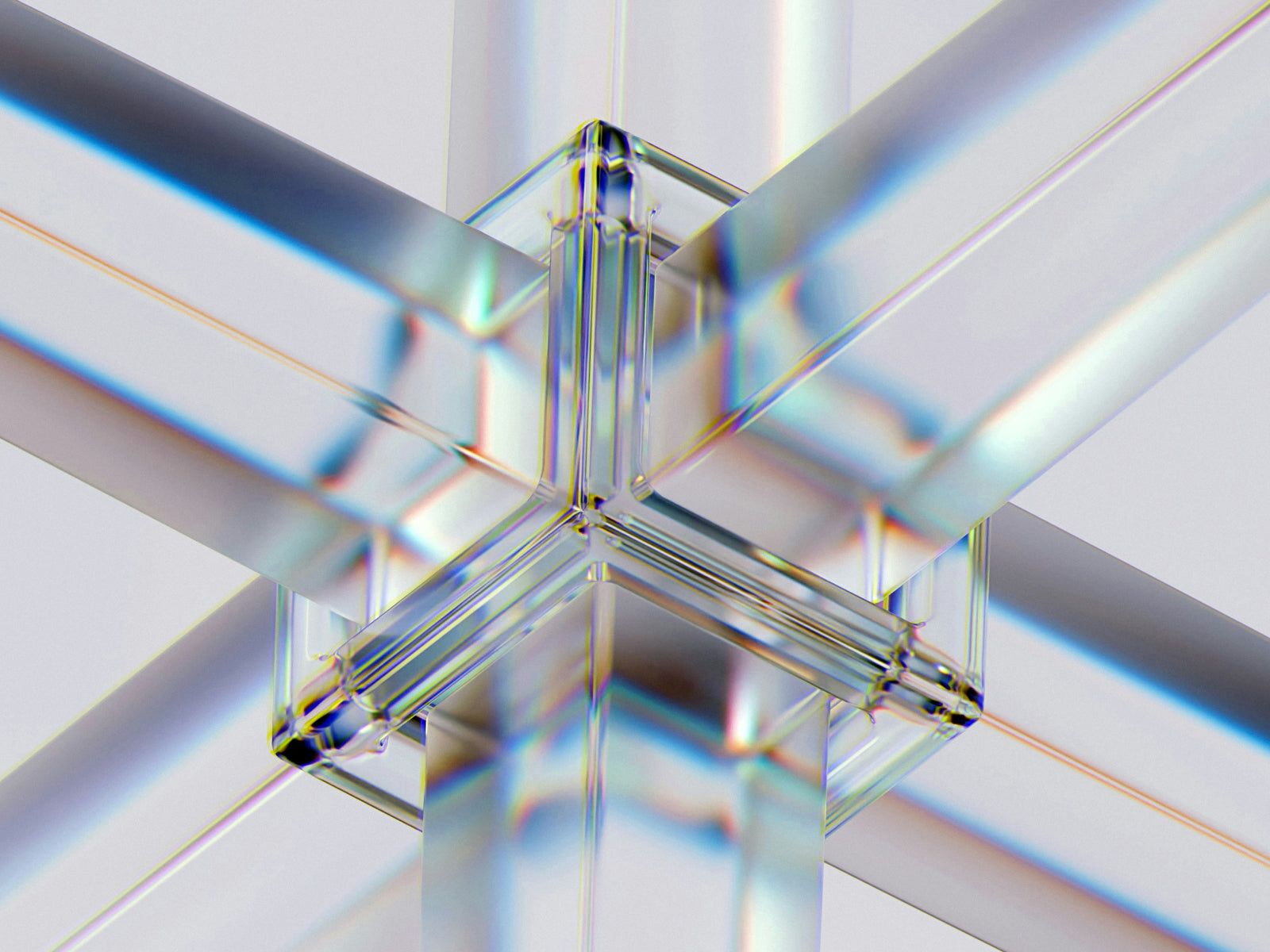
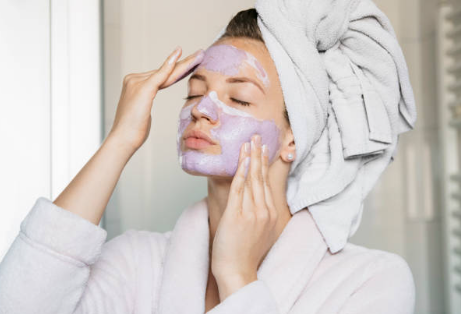

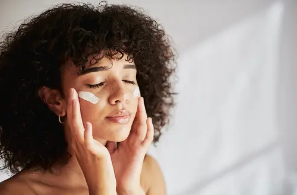
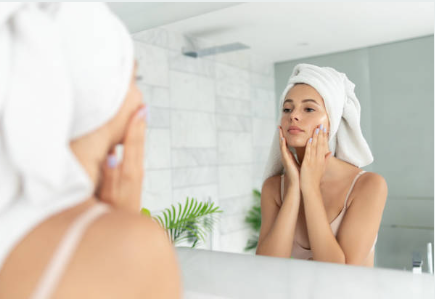
Leave a comment
All comments are moderated before being published.
This site is protected by hCaptcha and the hCaptcha Privacy Policy and Terms of Service apply.